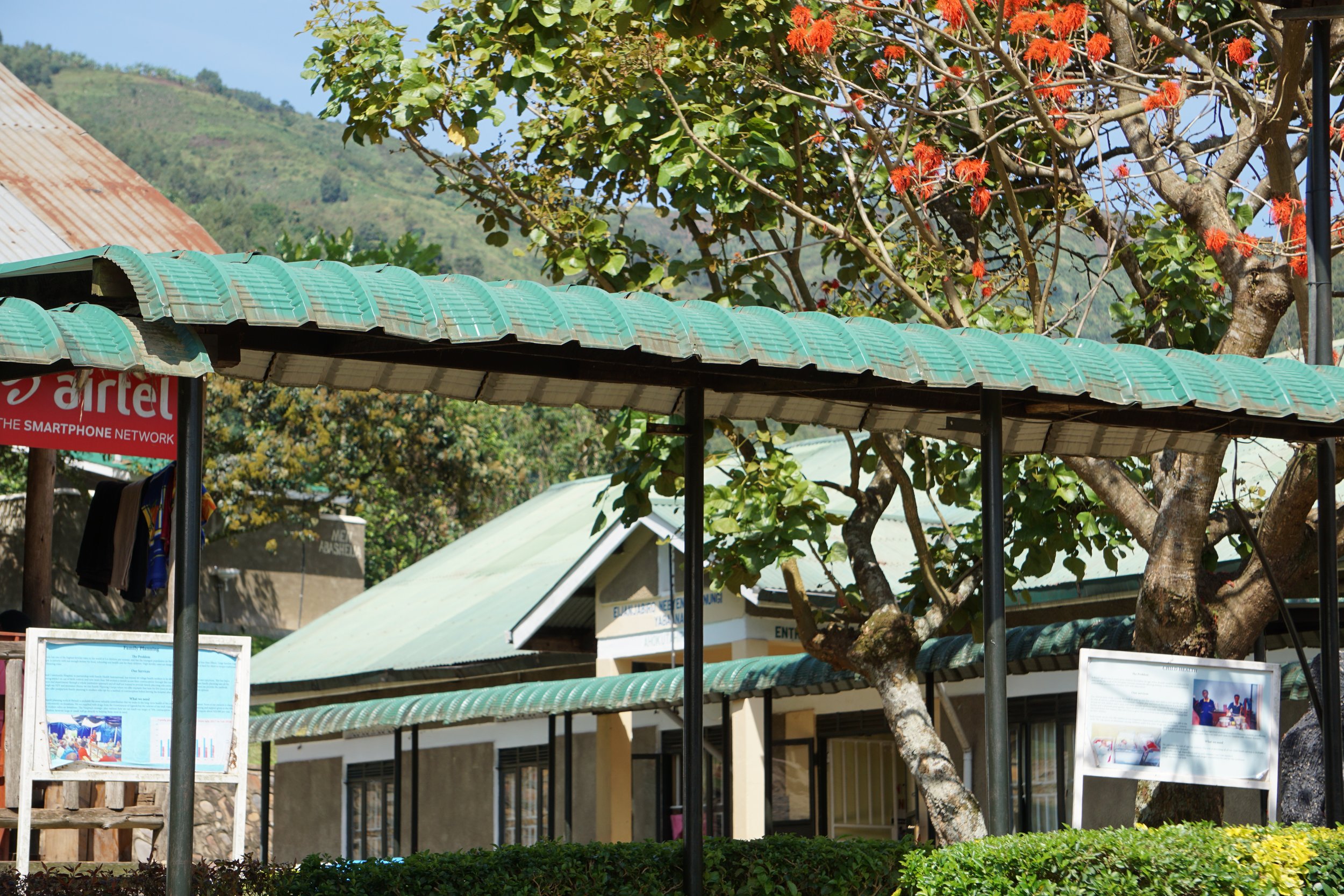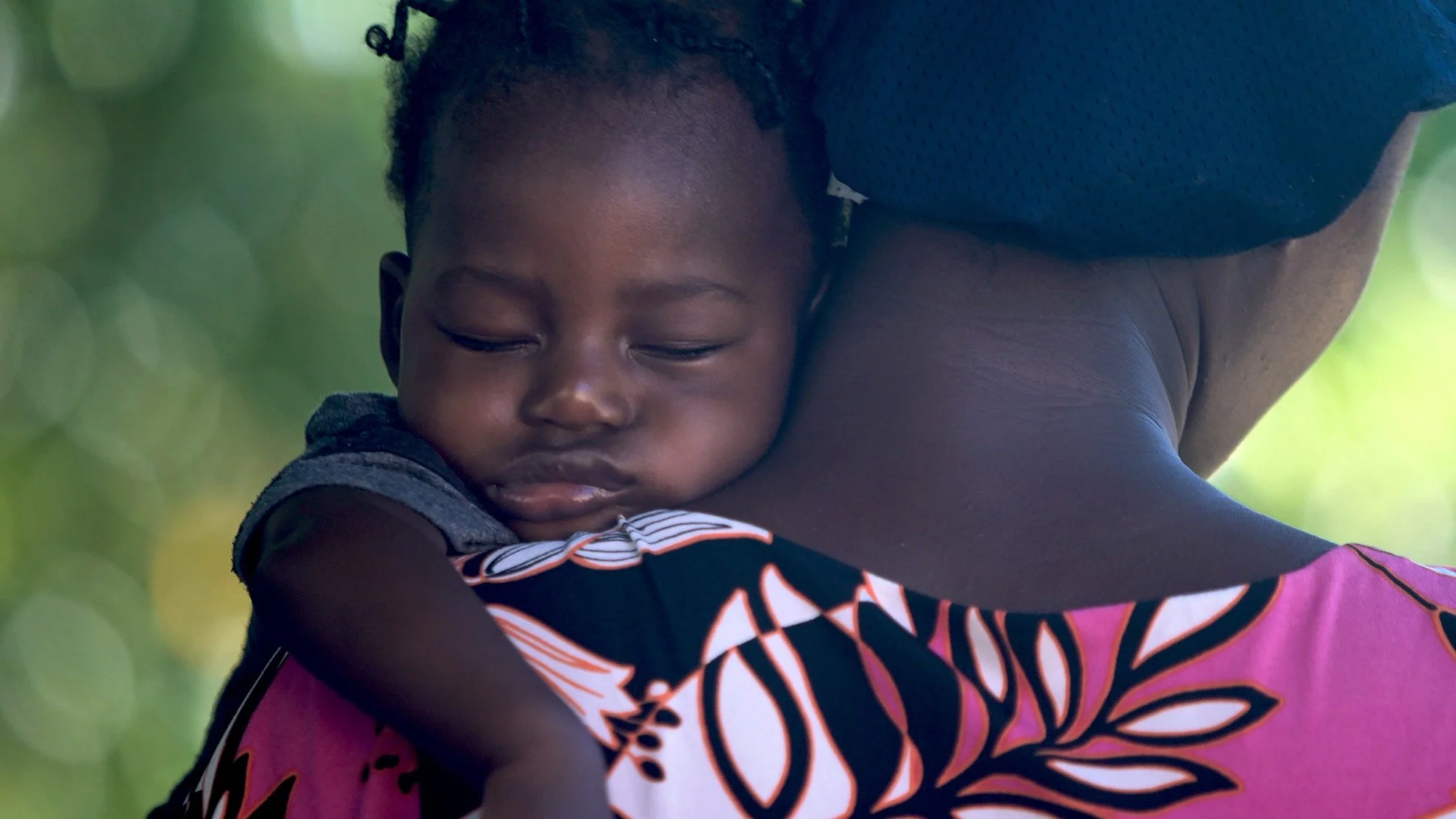
Why We Exist
Without access to imaging services, effective health care is not achievable in sub-Saharan Africa.
There is a disproportionately high burden of disease in low resource areas of sub-Saharan Africa, in areas where there is a lack of access to affordable imaging technology, a limited skilled workforce, and insufficient infrastructure - all compounded by social inequity.
The World Health Organization estimates that 300,000 women and 3 Million babies die each year during childbirth or post-childbirth
90% of citizens in Uganda, Kenya and Malawi live in resource-insecure areas, while 90% of trained workers live in urban areas, resulting in a critical lack of access to necessary diagnostic and healthcare services.
There are 369 diseases and injuries formally recognised by the Global Burden of Disease Study; most of them require medical imaging for surveillance, prevention, diagnosis and optimization of treatment.
Women in sub-Saharan Africa are 20x more likely to die in childbirth.
Sub-Saharan Africa alone accounts for 70% of global maternal deaths.
In Uganda, Kenya and Malawi, maternal disorders are among the top 10 causes of mortality, with over 350 deaths per 100,000 live births.
Vision & Mission
Imaging The World is committed to providing access to diagnostic imaging in the world’s most resource limited locations. It is our vision and mission to enable 15 million people to receive critically needed healthcare services by 2030.
Introducing the Work of Imaging the World
Access to Care is Critical
There are 369 diseases and injuries formally recognised by the Global Burden of Disease Study; most of them require medical imaging for surveillance, prevention, diagnosis and optimization of treatment.
Meanwhile, 90% of citizens in Uganda, Kenya and Malawi live in resource-insecure areas, while 90% of trained workers live in urban areas.
This results in a critical lack of access to necessary diagnostic and healthcare services.
Prioritizing Maternal & Child Health
In Uganda, Kenya and Malawi, maternal disorders are among the top 10 causes of mortality, with over 350 deaths per 100,000 live births. Sub-Saharan Africa alone accounts for 70% of global maternal deaths.
All this against the backdrop of UN’s Sustainable Development Goal No.3 which targets under 70 maternal deaths per 100,000 live births.
This drove Imaging the World to prioritize maternal disorders in underserved communities for our diagnostic imaging programs.
The World Health Organisation recommends at least one ultrasound scan during pregnancy - rarely an option for those living remotely and so twins, breech, placental abnormalities and pregnancy dating issues go unidentified and unaddressed.
Healthcare savings abound
Investments in diagnostic imaging are some of the most cost-effective investments possible.
Every $1 invested in imaging returns $12.43 in healthcare savings and generates $179.19 in net productivity gains from lives saved.* (The Lancet)
No other healthcare investment offers comparable returns in terms of outcomes, lives & savings!
Sustainable, Scalable Solution
Our ultrasound equipment and services are also critical to other health conditions, including those relating to heart, lung, abdomen, paediatrics, trauma and cancers.
2021 saw the training of over 50 intensivists at the national hospital in Kampala and first responders in the community to perform lung ultrasound during the pandemic, a critical element of diagnosis and triage as well as monitoring.









